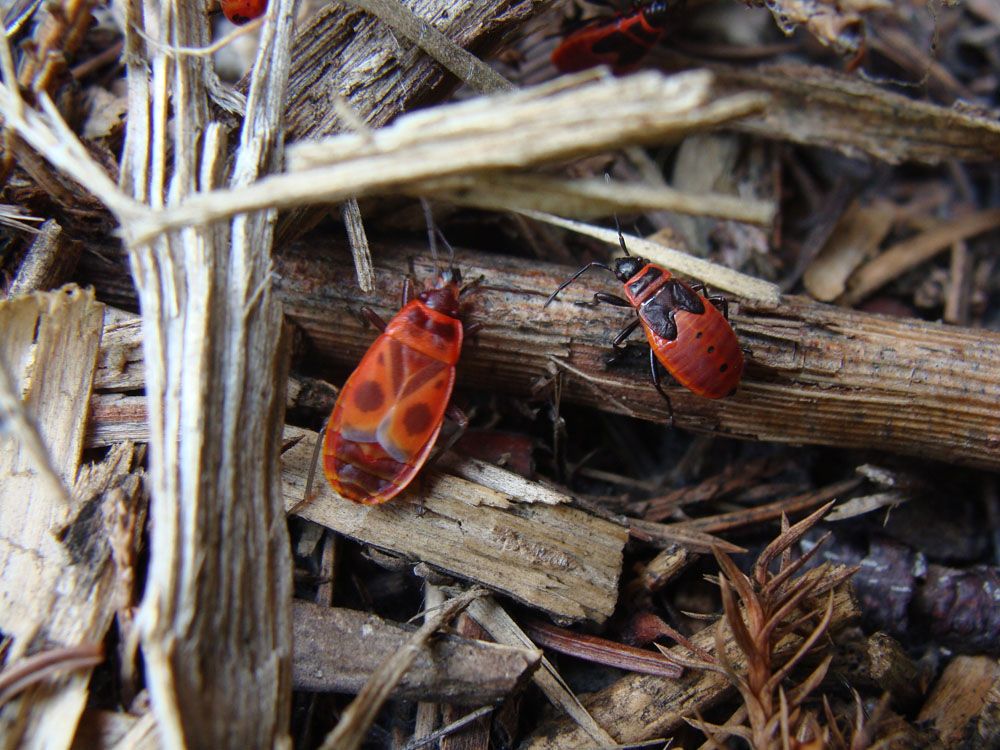
Clinch Bugs
Clinch Bugs: An Ultimate Guide of Lawn Diseases -Causes, Symptoms, Treatment, and Prevention-
What are Clinch Bugs? Chinch Bugs in Home Lawns
Chinch bugs are common grass insects that may inflict serious damage if left unchecked. They live in a lawn’s thatch layer, where they eat by piercing the plant with their teeth and sucking the plant juices. Enzymes are produced by chinch bugs when they feed, making feeding simpler. The enzymes continue to damage the plant after feeding, causing the grass to become brown and eventually die.
Chinch bugs are typically found in hot, sunny grass settings. They tend to cluster, resulting in isolated dead patches at first. These dead regions are brown, uneven flat patches that might join together to form bigger dead areas. Damage is most visible in July and August when temperatures rise and dry weather becomes more frequent. Adult bugs spend the winter in semi-protected areas. When the weather warms up, adults go into open areas, where females begin to lay eggs. Every year, there are usually two generations, with a partial third generation during particularly hot summers.
Signs and Symptoms
Symptoms manifest as uneven areas of the lawn that looks like drought stress. These regions progressively become yellow, then brown, and finally, die. The dead grass will be yellow on the outside border, and the yellow grass’s development will be limited. Weeds will begin to fill up the gaps left by the dead regions.
Clinch Bug Damages
Chinch insect damage is typically recognized when uneven areas of lawn become yellow, then brown. Regardless of watering, the spots continue to spread wider, and the turf finally dies. Chinch bug feed intake might be confused with drought stress, insect damage, or grass diseases. Damage is most common from June to September due to the hot, dry season.
The chinch insect inserts a straw-like tube into turfgrass plant tissue and sucks out fluids, causing the plant to become stressed. Damaged regions begin as tiny, uneven patches that grow in size as the insects spread. Chinch bugs are most dangerous in open, sunny places, particularly sandy, well-drained regions. They also favor places with a lot of thatch. Chinch insects inflict substantial feeding damage by sucking plant fluids and injecting poison into the grass. Chinch insect devastation frequently results in huge patches of wilted, brown grass.
Prevention and Control
This pest requires hot, dry conditions for growth and reproduction. Irrigation in the spring and early summer may increase the spread of diseases, notably the fatal fungus Beauveria spp. Chinch bugs are simple to spot in the turf, and pesticide treatments can be used to reduce populations that look to be getting out of hand.
If lightly fertilized and watered on a regular basis, grass that has been slightly affected will recover rapidly. Because of the poisonous impact of chinch bug saliva, heavily infected lawns may experience considerable plant death, necessitating reseeding. Drought stress is sometimes misinterpreted for chinch bug damage, and the damage is not addressed appropriately. It’s critical to locate, treat, and eradicate chinch bug infestations before they spread and cause significant lawn damage.
